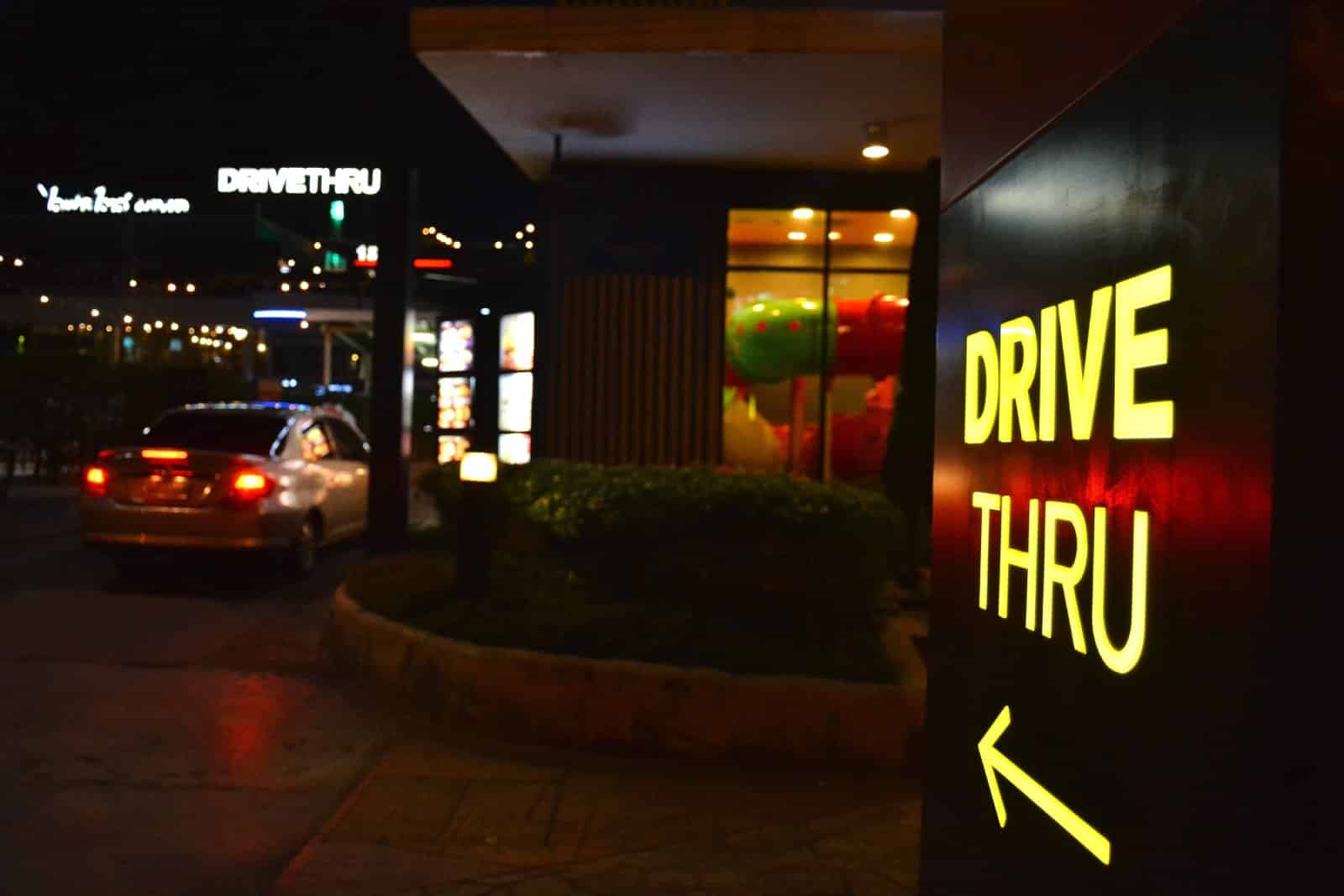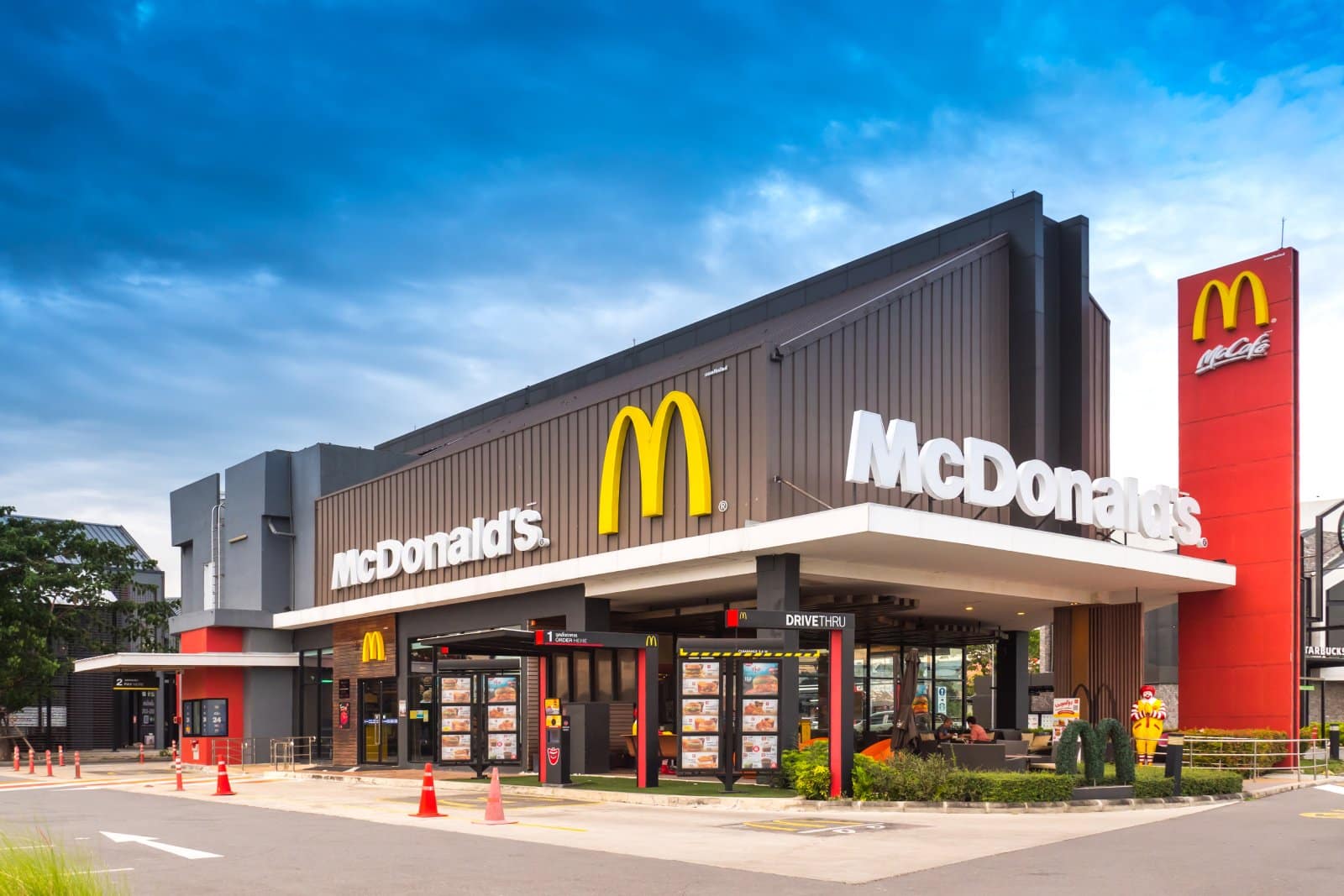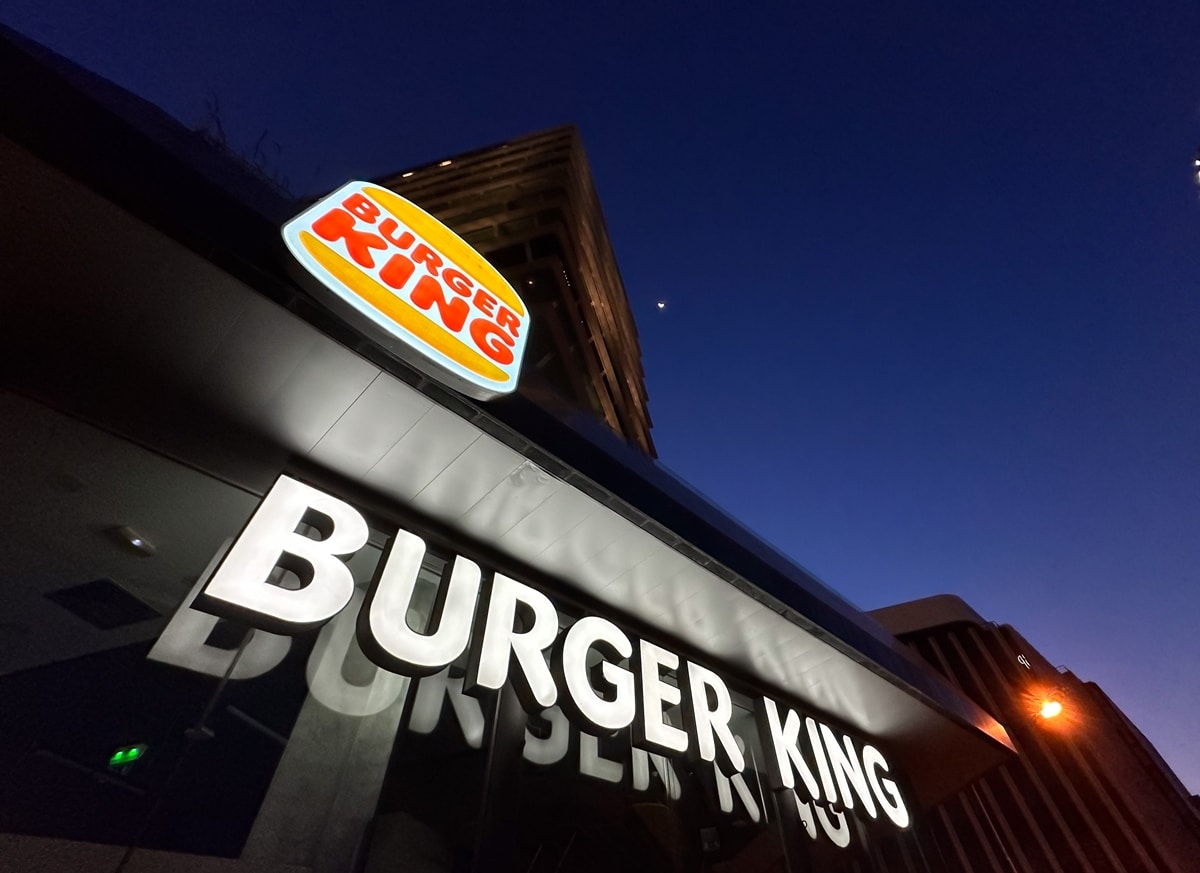When did a trip to McDonald’s become more common than a visit to a national monument? It turns out, fast food chains have quietly become the new symbols of American culture—monuments in their own right. But how did we get here, and what does it say about us?
Golden Arches or Golden Gate?

The golden arches of McDonald’s might just be more recognizable to the average American than the Golden Gate Bridge. Fast food chains are everywhere, more ubiquitous than any historical monument, and they’ve become a part of our daily lives in a way that traditional landmarks never could.
A Slice of Americana

These chains aren’t just about food—they’re about the American way of life. Think about it: a quick bite on the go, the convenience, the affordability. Fast food embodies the fast-paced, consumer-driven culture that’s become synonymous with the American Dream, for better or worse.
Built for the Masses

Fast food chains offer something that traditional monuments can’t: universal access. You don’t need to travel far or pay an entry fee to experience the culture these chains represent. Whether you’re in a small town or a big city, these establishments are just around the corner, making them the “monuments” of the everyday American experience.
Architectural Icons in Disguise

Ever notice how you can spot a Taco Bell or a KFC from a mile away? These buildings aren’t just restaurants; they’re iconic pieces of architecture that define the American landscape. Like monuments, their design is instantly recognizable, embedding them in our collective consciousness.
The Drive-Thru Dynasty

Fast food chains have mastered the art of convenience, particularly with the drive-thru. This innovation isn’t just a service; it’s a cultural phenomenon that has redefined how Americans eat. The drive-thru is a monument to the fast-paced lifestyle, where meals are grabbed on the go, reflecting our need for speed and efficiency.
Global Domination

While the Statue of Liberty stands as a symbol of freedom, McDonald’s has become a global ambassador of American culture. Fast food chains are one of America’s most successful exports, spreading the values of convenience, speed, and abundance worldwide. They’re the modern-day monuments that carry the American way of life to every corner of the globe.
The Cost of Convenience

But with all this convenience comes a hefty price. Fast food chains have been linked to rising obesity rates, environmental degradation, and the decline of local businesses. These “monuments” may be more accessible, but they’re also contributing to some of America’s biggest challenges.
A Shared Experience

In a country as diverse as the United States, fast food chains provide a rare shared experience. Whether it’s a road trip pit stop at Burger King or a late-night Taco Bell run, these places are where American memories are made. They’re the backdrop of everyday life, connecting people in ways that traditional monuments simply can’t.
The Story of Who We Are

Fast food chains may not have the historical significance of the Lincoln Memorial or the artistic beauty of the Washington Monument, but they’ve carved out a place in American culture nonetheless. As modern-day monuments, they tell a story about who we are, what we value, and how we live. Love them or hate them, they’re a part of our landscape—and they’re here to stay.
Featured Image Credit: Shutterstock / samoila ionut.
The images used are for illustrative purposes only and may not represent the actual people or places mentioned in the article.
For transparency, this content was partly developed with AI assistance and carefully curated by an experienced editor to be informative and ensure accuracy.





